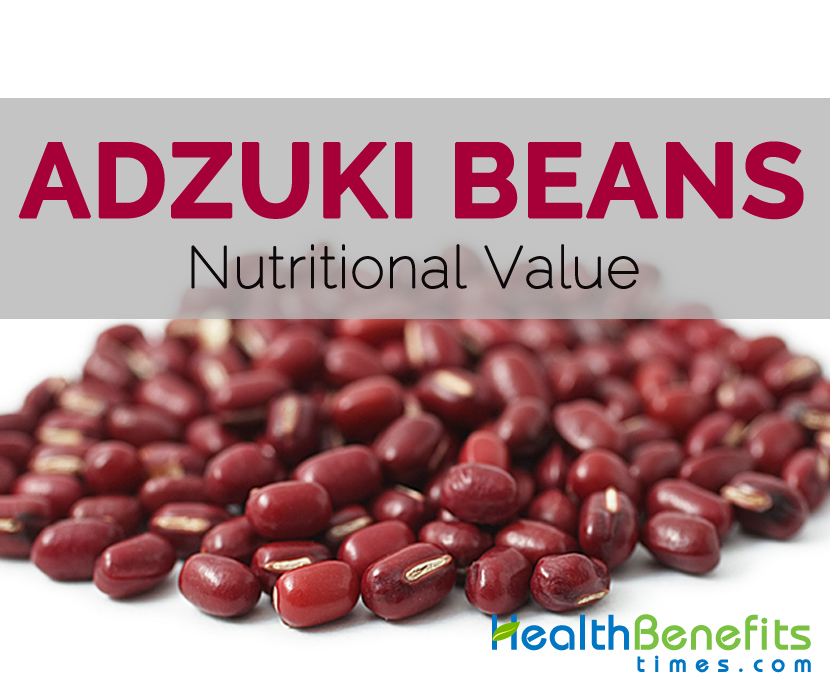
| Name | Adzuki Bean |
|---|---|
| Scientific Name | Vigna angularis |
| Native | Originally grown in East Asia, and are most widespread in Japan, China, and Korea. |
| Common/English Name | Adanka Bean, Adzuki Bean, Azuki Bean, Chinese Red Bean, Red Gram , Cultivated Azuki, Greater Red Bean |
| Name in Other Languages | Latin America : Frijol Adzuki Italian : Fagiolo Adzuki Brazil : Feijão-Adzuki Chinese : Ao Ye Chi Dou, Chi Dou India : Chori ( Gujarat ), Guruns, Rains ( Hindu) Portuguese : Feijão-Adzuki Chile : Frijol Adzuki, Frijol Diablito Spanish : Frijol Adzuki Japanese : Azuki, Akamame Vietnamese : Ðậu Ðỏ Cuba : Frijol Adzuki, Frijol Diablito French : Haricot Anguleux, Haricot À Feuilles Angulaires, Korean : Pat Mexico : Judía Adzuki Russian : Adzuki, Fasol’ Uglovataia Indonesia : Kacang Merah Kecil Dutch : Azuki-Boon, Azuki-Boon Seychelles : Amberique Gros Danish : Adzukibønne, Adsukibønne Malaysia : Kacang Merah Kecil Samoan : Pipi German : Adzukibohne, Adsuki-Bohne Argentina : Judía Adzuki, Poroto Arroz |
| Description | Adzuki Beans are actually tiny, dark red beans along with a unique white ridge along one side. They have got a nutty, sweet flavor, which make them a adaptable addition to both sweet and savory dishes. They are viewed as the king of beans in Japan and therefore are valued for their health-giving properties: reputedly benefitting the liver as well as the kidneys. |
| History and origin | Adzuki Bean’s origin from a wild species is unidentified yet its center of origin has been proposed as within eastern Asia, quite perhaps in China. It is grown extensively in the Yangtse River valley in China. Later it spread to Thailand, Philippines and New Zealand, and a number of other nations around the globe. The chief countries of Adzuki Bean manufacture are China, Japan, Taiwan, and South Korea. |
| Plant Growth Habit | Annual herb usually erect, twining or bushy |
| Growing Climate | Subtropical and temperate climatic zones |
| Soil | Neutral soil that is well drained and loose and rich in organic matter. |
| Plant Size | 30 to 60 cm (1 to 2 feet) tall |
| Root | Tap root and lateral roots with many nodules |
| Stem | Green or purplish tinged pilose, angular stem and branches |
| Leaf | Leaves trifoliolate |
| Leaflets | Ovate or rhomboid-ovate, 5–10 × 5–8 cm, sparsely pilose on both surfaces |
| Flower | Campanulate calyx, 3–4 mm, five pale yellow petals, 15 mm, the standard petal oblate or reinform with emarginated apex, the wings broader than keel |
| Pods | Grow up to 12 1/2 cm (5 inches) long, are only about 1/8 inch (3 mm) thick, and mature from green and yellowish to brown |
| Seed shape & size | Sub-cylindric with sub-truncate ends with a length of 5–9 mm, width of 4–6 mm, approximately 5mm in diameter |
| Seed color | Dark red-reddish brown, with a white ridge on the side |
| Seed peel | Smooth, hard, white, and slightly shiny |
| Flavor/aroma | Strong, nutty, sweet flavor |
| Varieties/Types | Takara, Minoka, Hikari, Erimo, Dainagon and Bloodwood |
| Season | During Mid-September |
| Major Nutritions | Copper (76.11%), Vitamin B9 (69.50%), Iron (57.50%), Manganese (57.30%), Phosphorus (55.14%), |
| Health Benefits | Antioxidant benefits, Prevent Diabetes, Gastrointestinal Issues, Brain Function, Reduces PMS Symptoms, Strong Bones and Teeth |
| Calories in 1cup (230 gm) | 294 Kcal |
| Traditional medicinal Uses |
|
| Precautions |
|
| How to Eat |
|
| Other Facts | The Flour of Adzuki bean has been utilized for making facial cream as well as shampoos. |
Comments
comments